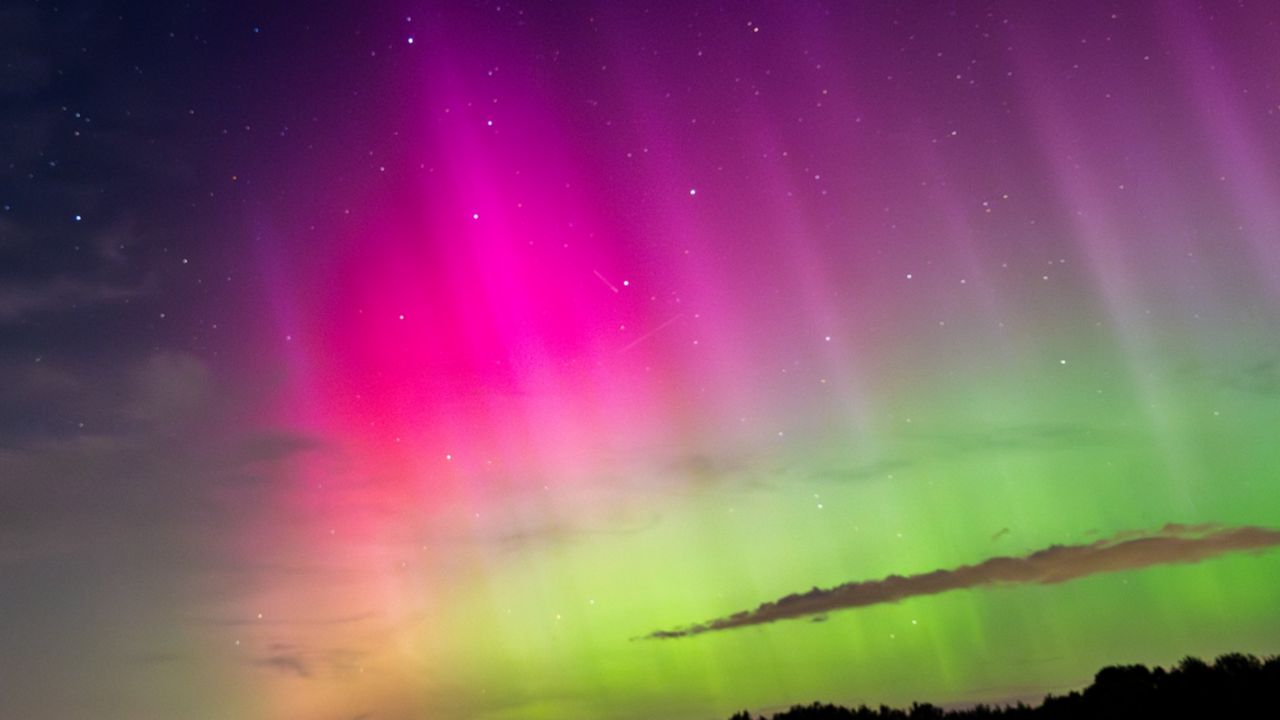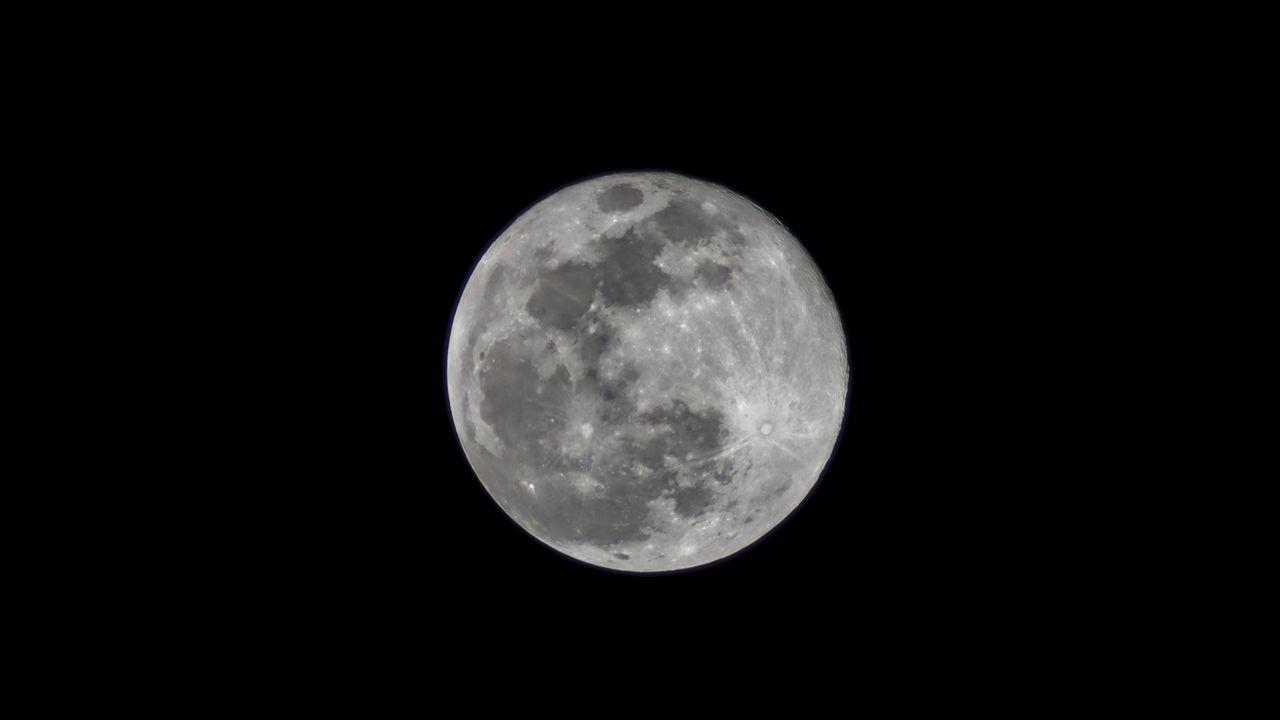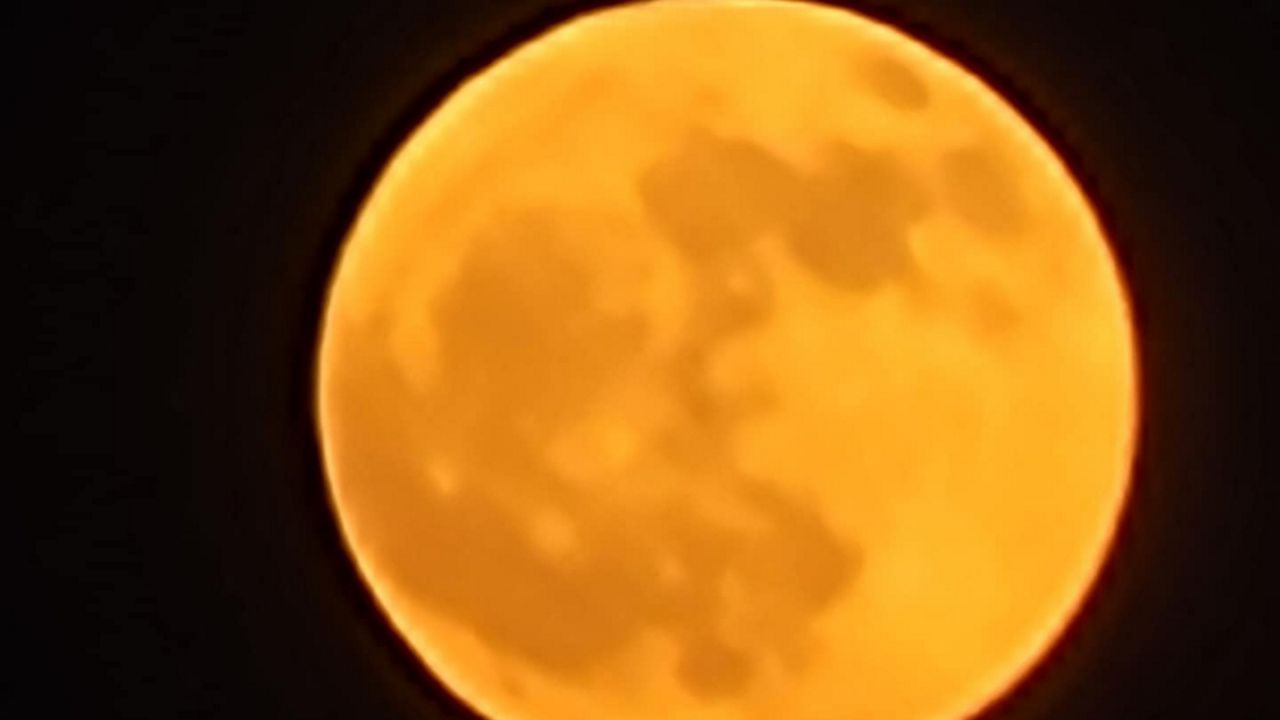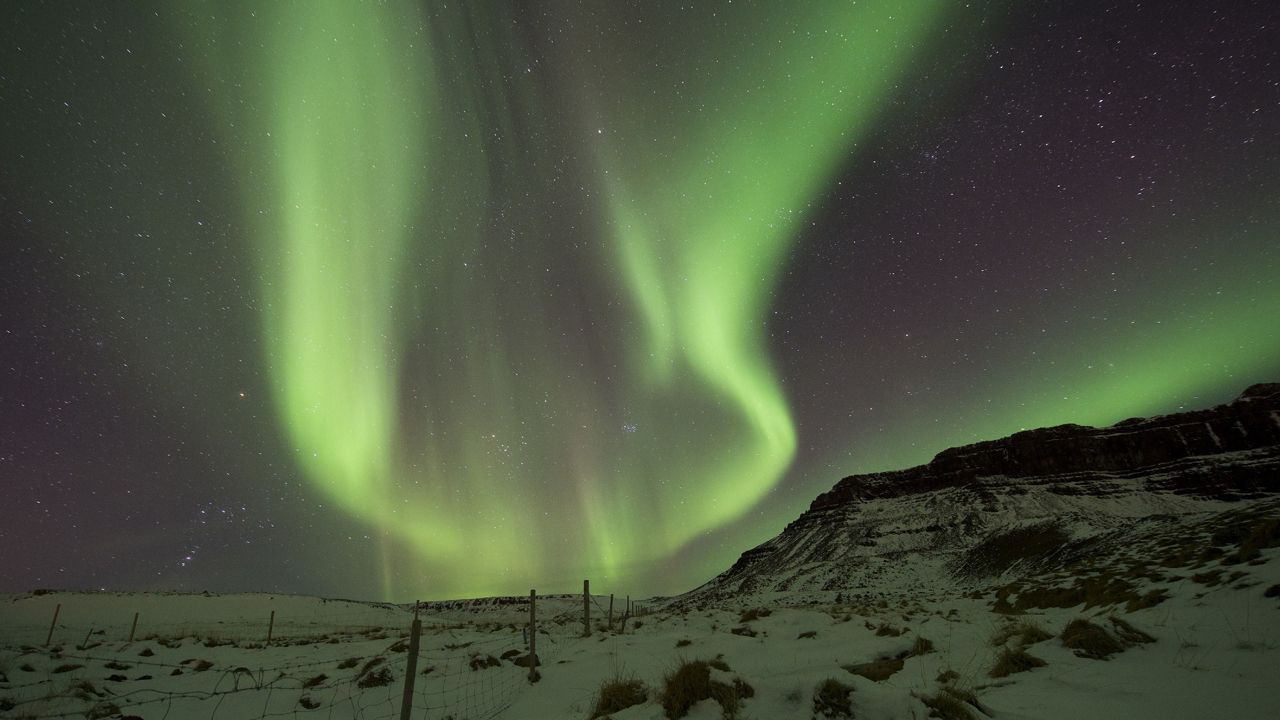The rare comet Tsuchinshan-Atlas will be visible again Tuesday night after making its closest approach to Earth on Saturday. It will be the optimal night to observe it, as its position in the night sky will be away from the sun’s glare.
Astronomers say it should be bright enough to see with the naked eye, although telescopes and binoculars will give a better view.
A comet is a group of ice and dust particles leftover from the solar system’s formation. These particles heat up as they approach the sun, releasing their characteristic streaming tails.
This comet, also designated C/2023 A3, was discovered last year and is named for the observatories in China and South Africa that spied it.
It came from what’s known as the Oort Cloud, well beyond Pluto. After making its closest approach about 44 million miles (71 million kilometers) of Earth, it won’t return for another 80,000 years — assuming it survives the trip.
In 2023, a green comet that last visited Earth 50,000 years ago zoomed by the planet again. Other notable flybys included Neowise in 2020, and Hale-Bopp and Hyakutake in the mid to late 1990s.
Those hoping to spot it should venture outside soon after sunset and look to the west. Several comets are discovered every year, but many burn up near the sun or linger too far away to be visible without special equipment. This comet you will see with the naked eye Tuesday night.
The comet will be located 30 degrees from the sun, which means it will be relatively easy to see fairly high in a dark sky. As long as you have a clear view of the western horizon after sunset, you should be able to see it.
According to sky and telescope, you’ll begin to see it 45 minutes after sunset but it will be brightest an hour to two hours post sunset. Find Venus and look “two and a half fists” to the upper right of the planet and you should see the comet.
Check your forecast here to see if the skies will be clear and if you capture pictures of Tsuchinshan-Atlas, submit your photos on the Spectrum News App!
Comet Tsuchinshan-Atlas will be visible through Oct. 21, but you will likely need a telescope or binoculars to see it after Tuesday night.
Check out some of the photos captured by our viewers.
Our team of meteorologists dives deep into the science of weather and breaks down timely weather data and information. To view more weather and climate stories, check out our weather blogs section.








